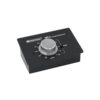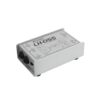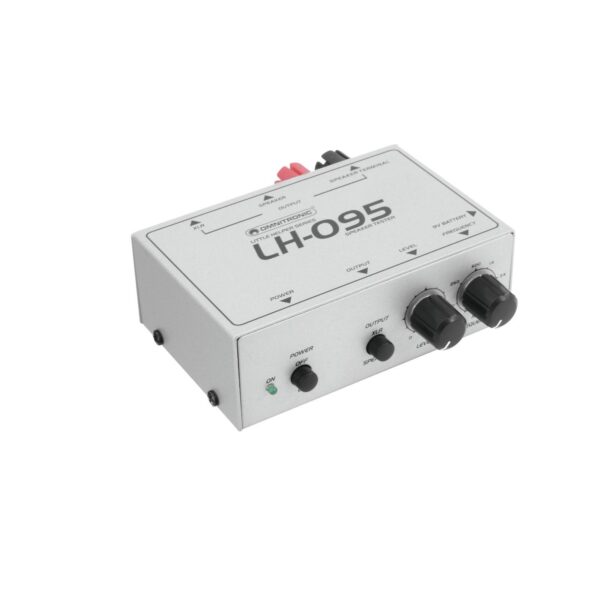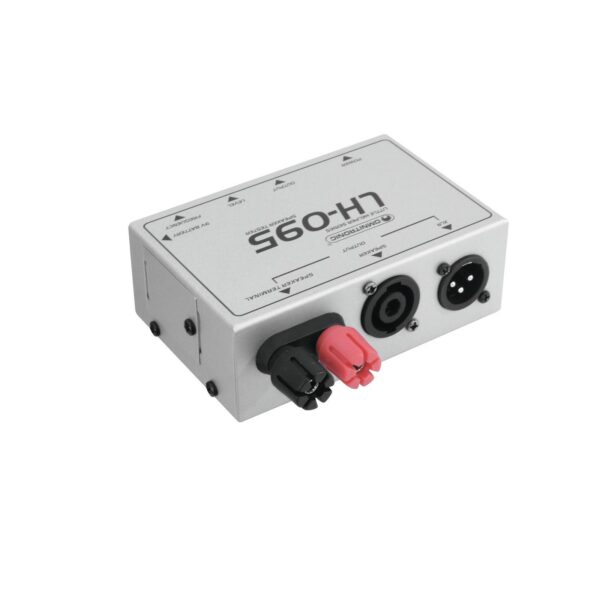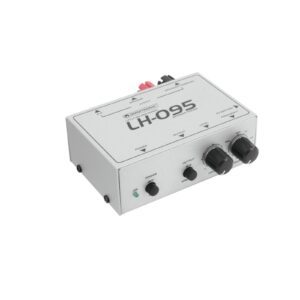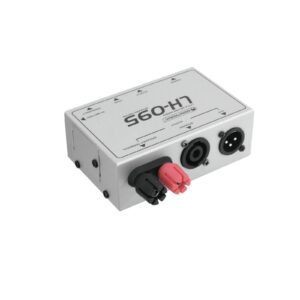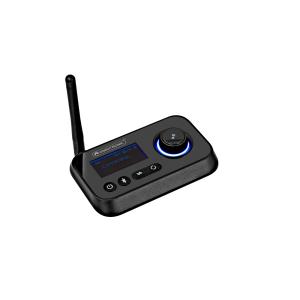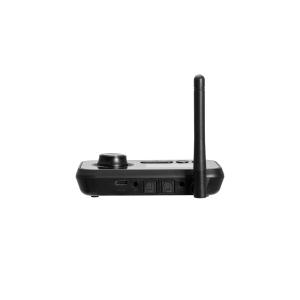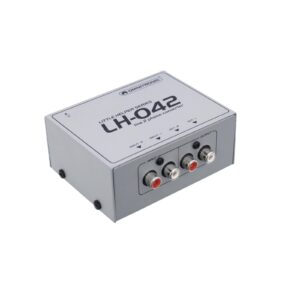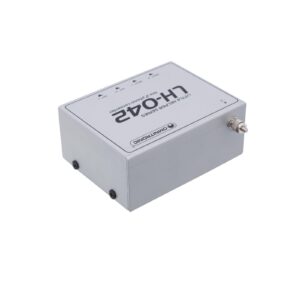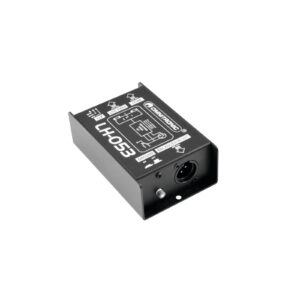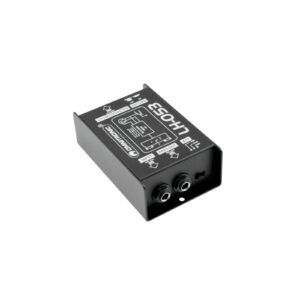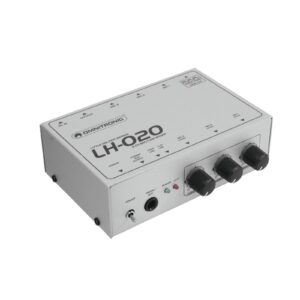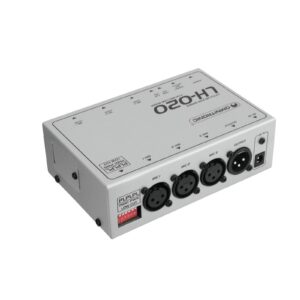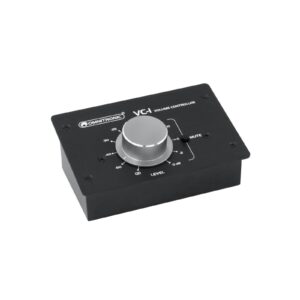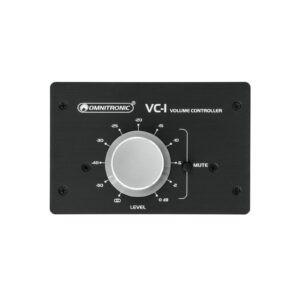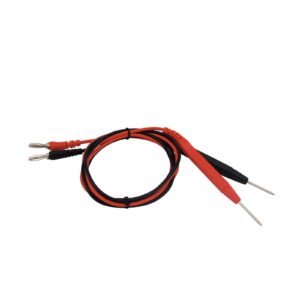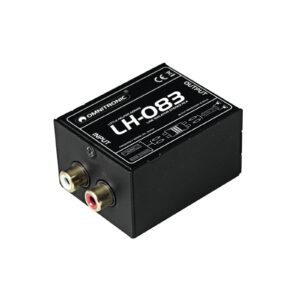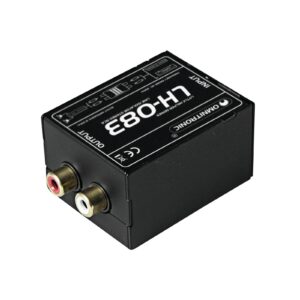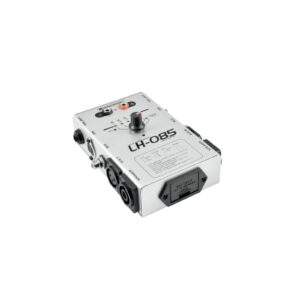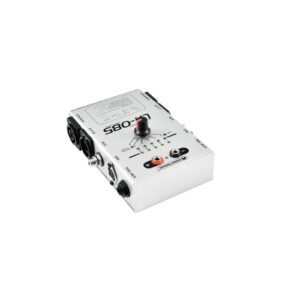OMNITRONIC LH-095 Speaker Checker
99,00 €
 |
SPEDIZIONE GRATUITA per ordini superiori a 200 € |
Disponibile
| VUOI PAGARE A RATE? Contatta Paco 329 2237447 |
You will be in control!
The scene: a bestower of hi-fi equipment gets back some speakers from a customer who affirms, that nothing happened and the speakers are allright. Trust is good, but control is still better. But how do you check if speakers are really ok? Now, the LH-095 is entering the scene. Without great effort, it is testing the frequencies and – if we stick to our example – gives clear statements and thus much more certainty to the bestower. Also not bad: a handy clip, that securely and comfortably attaches the speaker checker to a belt.
The scene: a bestower of hi-fi equipment gets back some speakers from a customer who affirms, that nothing happened and the speakers are allright. Trust is good, but control is still better. But how do you check if speakers are really ok? Now, the LH-095 is entering the scene. Without great effort, it is testing the frequencies and – if we stick to our example – gives clear statements and thus much more certainty to the bestower. Also not bad: a handy clip, that securely and comfortably attaches the speaker checker to a belt.
Speaker testing device
- Quick and easy check of loudspeakers and sound systems – without assembling effort
- All you need is the LH-095 and a cable
- The optimum tool for sound engineers and rental companies
- Adjustable sinus frequency 20 Hz – 20 KHz
- Volume control
- Signal output via Speaker, XLR plug or speaker connectors (banana plugs can be used)
- Operation via 9 V battery
| Power supply: | 1 standard 9 V battery |
| Power consumption: | max. 5 mA |
| Frequency range: | 20-20000 Hz, variable |
| Connection: | XLR 3-pin, Speaker 4-pin |
| Maximum output level: | 2 V (XLR) |
| Maximum output level: | 1 W @ 8 ohms (Speaker) |
| Frequency range: | 20-20000 Hz, ±1 dB (XLR) |
| Frequency range: | 100-20000 Hz, ±1 dB (Speaker) |
| Dimensions (L x W x H): | 115 x 95 x 45 mm |
| Weight: | 400 g |
| Peso | 0,6000 kg |
|---|---|
| Dimensioni | 0,0850 × 0,2300 × 0,1350 cm |
| Codice Ean | 4026397286397 |
Prodotti correlati
23,00 €
34,00 €

